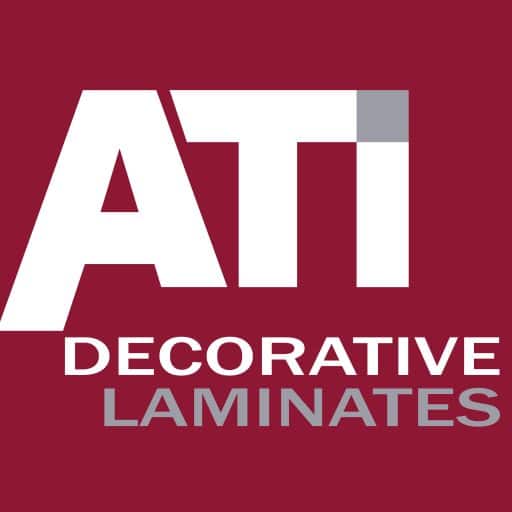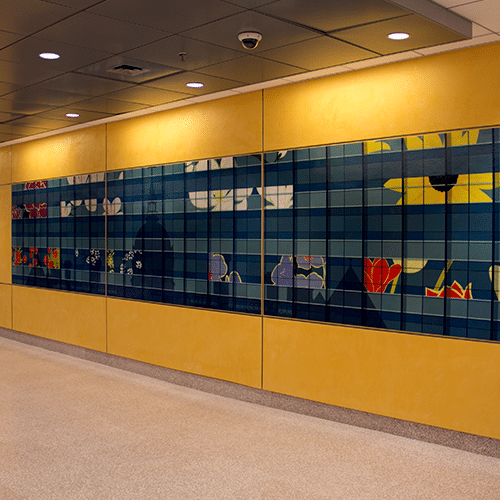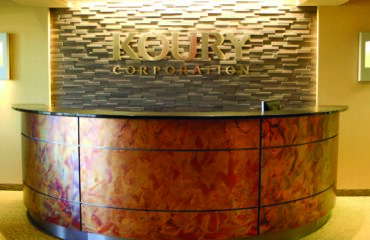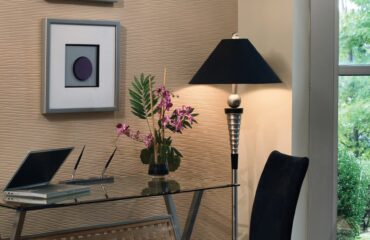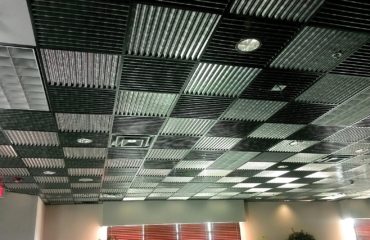How Evidence-Based Design is Changing the Look of Healthcare Facilities
Every day, more and more healthcare facilities are remodeling and revamping their design aesthetic to coincide with evidence-based design trends and ideas. This design development is largely due to extensive research proving that our surroundings and the built environment have a profound impact on our health, well-being, and healing process.
What is evidence-based design?
According to The Center for Health Design, evidence-based design (EBD) is the process of basing decisions about the built environment on credible research to achieve the best possible outcomes. “EBD took hold in hospital design because of the existing evidence-based medicine culture,” states David Watkins, FAIA.
It makes sense that EBD would be largely embraced by the healthcare community because of its focus on health and healing. In short, healthcare design is not strictly about functionality anymore, it’s about creating a space that promotes patient and staff well-being, healing, health, stress reduction, and safety.
“No segment of the facilities market has taken that observation more to heart than health care facilities,” says Karen Kroll, a contributing editor to Building Operating Management. “Today, the concept of evidence-based design is drawing interest because it moves beyond the general idea that the physical environment affects occupants: It seeks to gauge the impact of specific designs on productivity, employee and patient morale, and patient outcome.”
Additional evidence and research on the topic is produced constantly. Experts are completing studies to determine how different design aspects affect a person’s health and healing from the type of décor, the placement of furniture, color, and much more. However, most healthcare facilities have already adopted some sort of evidence-based design with real results.
One recent design update that focused on evidence-based design is the 1977 Nelson/Harvey building at Johns Hopkins Hospital. The design team’s challenge was twofold: to create a design using evidence-based design methods while also using materials that provided functionality in a high-traffic environment.
A large part of the design focused on creating large, floral murals that featured garden landscapes found in different parts of Maryland. Johns Hopkins’ design team emphasized how important art was to the overall design because its acts as positive reinforcement for patients, families, and staff—giving them something more pleasant to think about.
Each of the seven floors of the building incorporated a different floral scene such as tulips, black-eyed susans, and peonies. The murals were printed on LuxCore—which is scratch resistant, chemical resistant, and Class A fire rated—making it perfect for a hospital.
For the people that see them, these larger-than-life murals are a bright and sunny discovery, adding an unexpected joyful and healing experience to what is often a stressful situation.
As more designers embrace the evidence-based approach, the more the practice is gaining traction in the healthcare design field. This traction is causing designers from other fields such as educational, institutional, and commercial industries to look at it as well for their design approach and implementation. Research is constantly building on the validity of evidence-based design, producing a growing number of advocates of the practice and proving that this design approach is here to stay.
